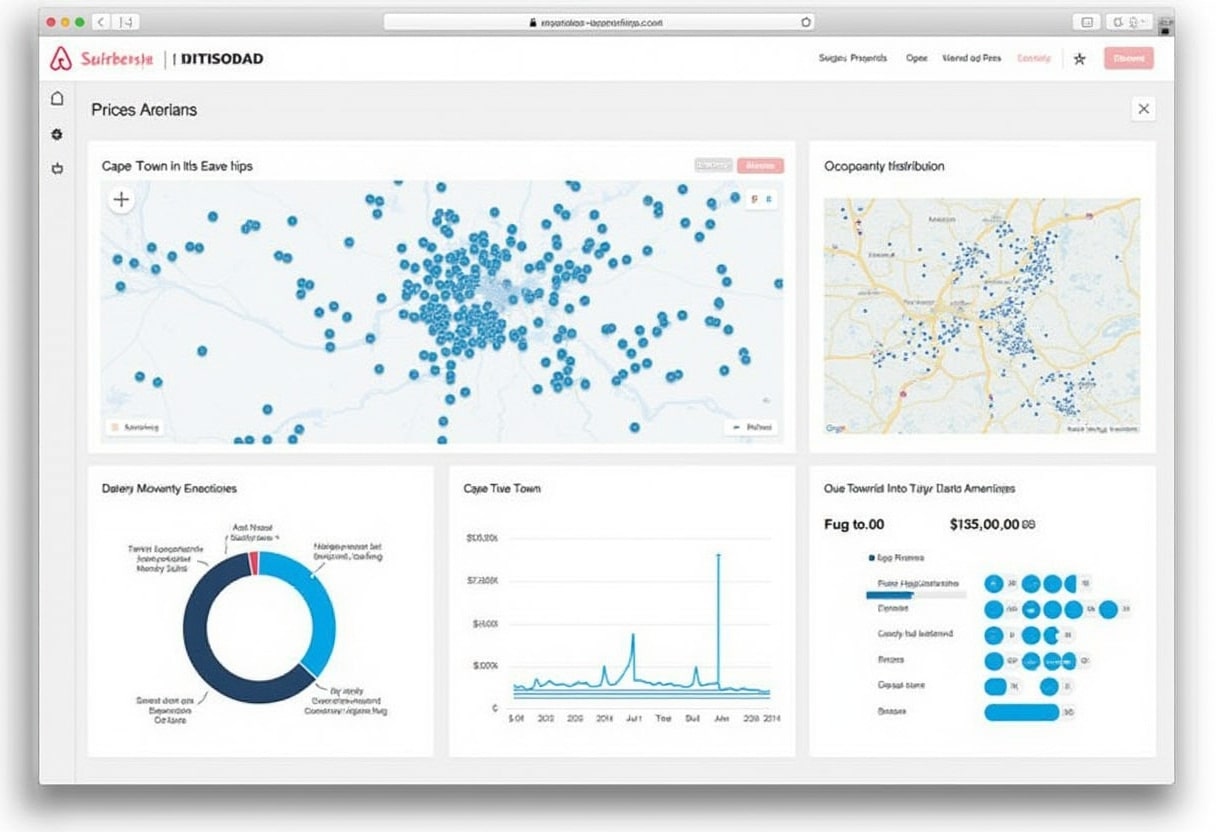Explore Other Projects

Airbnb Market Analysis
Comprehensive analysis of Cape Town's Airbnb market, identifying pricing trends and investment opportunities.

British Airways Service Quality
Analysis of British Airways service quality through customer reviews and operational metrics.

Kickstarter Growth Analysis
Analysis of successful crowdfunding campaigns, identifying key factors that contribute to project success.